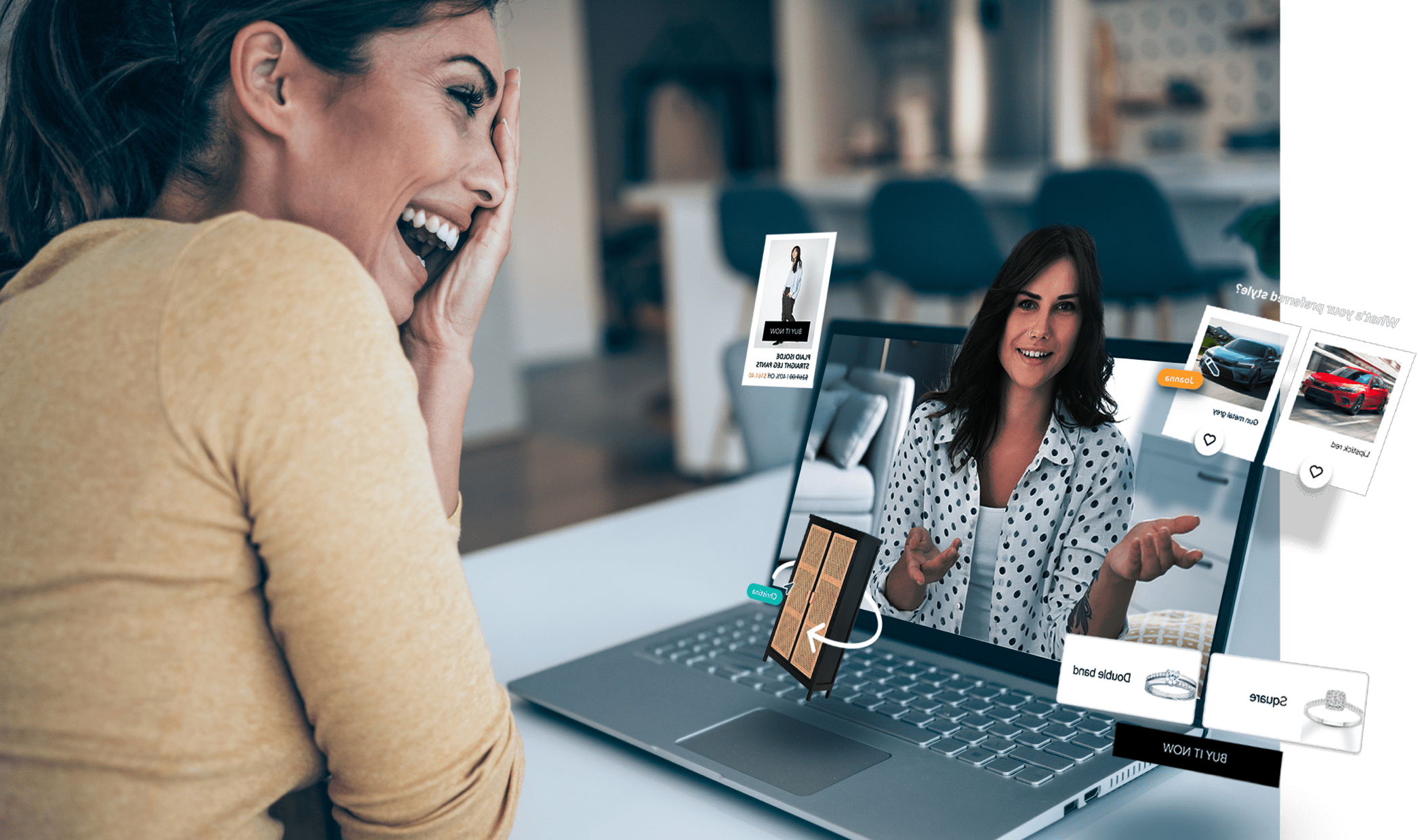Personalized Shopping Experiences

I’ll never forget the first time I bought a pair of shoes from Nordstrom. I was in Seattle visiting their flagship store while on a business trip. I was perusing the men’s shoe department when an associate asked me if I would like to try anything on. I was a bit taken aback but said, “sure, how about these?” When they brought out the shoes, they asked me to have a seat and get comfortable. They pulled the stuffing out of the shoe, fixed the laces, and slid the first shoe on with a shoehorn and gentle slide. Based on my attraction to the shoe, they showed me some other options. The experience felt personal and I shopped for an hour. When I checked out, they shared a business card and told me to call if I had any questions or needed anything. I was a Nordstrom customer for life. It was all about the experience, not price.
Now before I give Nordstrom too much credit, this experience has waned over the years but I am still a customer. Online retail has been trying to replicate the offline experience for years but has been limited by technology and creativity. The truth is, shoppers are people and people aren’t looking to mirror their offline shopping experience, they are looking to improve it. Online shopping has improved greatly over the years but at the end of the day, most websites are digital catalogs of flat images. We are starting to see more AR and 3D weaved into the digital shopping experience but it is difficult to replace the offline, personal shopping experience.
A new dawn is upon us as technology, internet speeds, and consumer adoption have collided. Having an offline experience online is now possible, it’s scaleable, and it’s economical. The biggest challenge that online retailers face is experience vs. price. Before the rise of online shopping, if a shopper wanted to compare prices from different stores, they had to walk the mall and check for sales and prices. Sometimes they had to drive from store to store. This wasn’t ideal so many shoppers bought solely on experience and need, rather than price. But now, it’s easy to hop from website to website, Google to Bing, Amazon to Walmart without moving anything but a finger. For many retailers, this is a race to the bottom. Retailers need to offer an experience. Retailers need to give shoppers a reason to buy at that moment, without checking elsewhere for price but this is difficult to do on a fairly flat website.
Enter “FEEL“, a new technology company leveraging tools and experiences that we are all accustomed to. Having lived through a pandemic, almost everyone is comfortable with a video chat. Add co-browsing and an easy checkout process, you have the making of a personal shopping experience, online. Medium to High consideration products are best purchased live with an expert able to answer questions and provide a product demo. This creates comfort from the consumer and reduces return rates because shoppers become more confident with their purchase, before checking out. Shoppers become more loyal because they start building a relationship with a human that has demonstrated that they understand their needs. It’s difficult to find this in physical retail today. But how do you scale this without draining resources? Great question…
Feel has also created a new type of sales cloud. Throughout the world, retail sellers have left the workforce for one reason or another. These people know how to talk to shoppers. They are quick learners of products. And best of all, they can work from home, keeping overhead low. All a brand needs to do is connect their catalog to FEEL and sellers from the FEEL cloud can start co-browsing and selling products. Brands do get to interview and choose their sellers while also participating in the training but this is a quick process. These sellers are employees of FEEL so the retailers don’t increase overhead and FEEL even offers a performance model. What more could you ask for. It’s time to take back your relationship with consumers and start building relationships that truly turn into Lifetime Value!